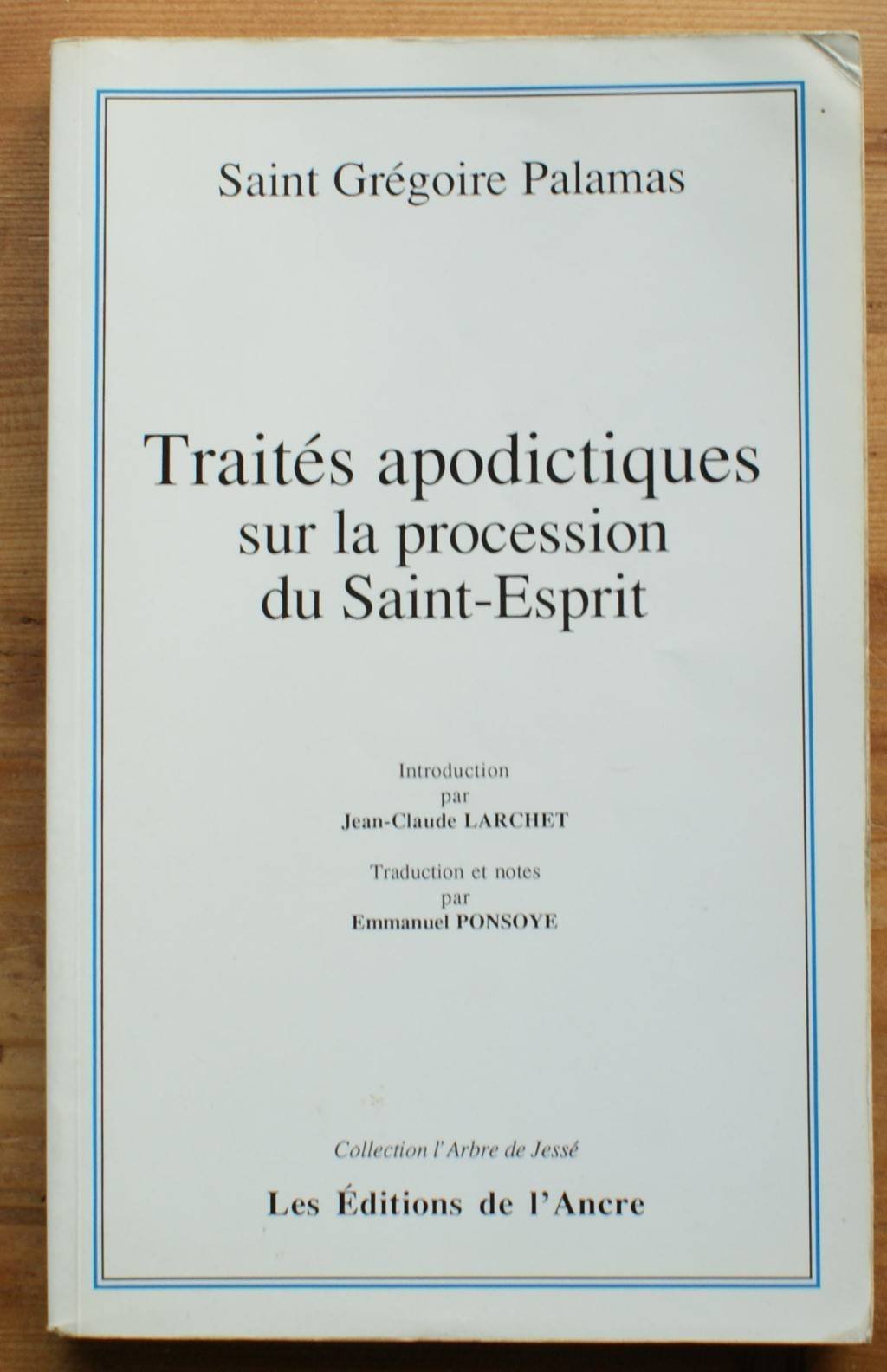What do you think?
Rate this book


This book contains extensive excerpts from Palamas' famous work that, in the words of the book's distinguished editor John Meyendorff, "introduce the reader into the very substance of the religious experience of the Christian East."
Paperback
First published August 1, 1341